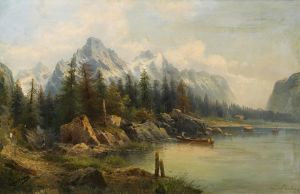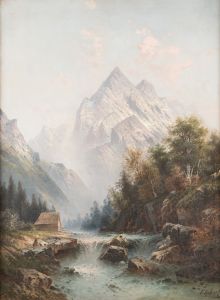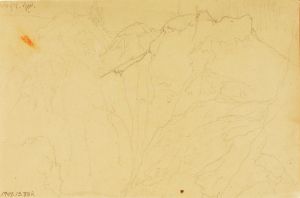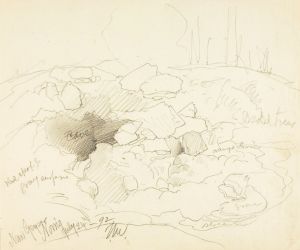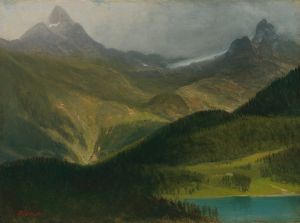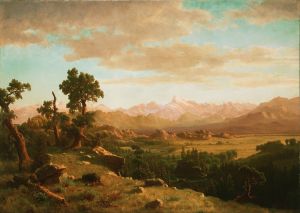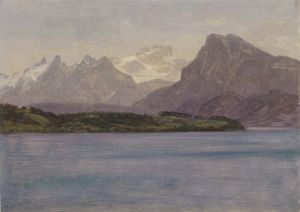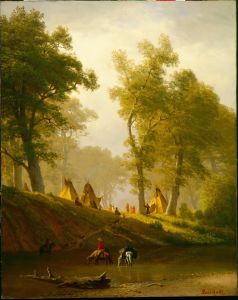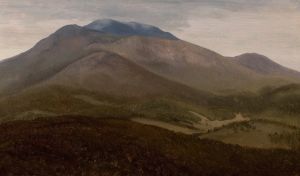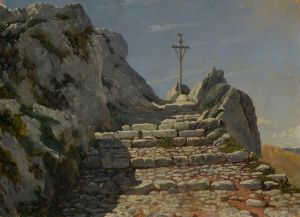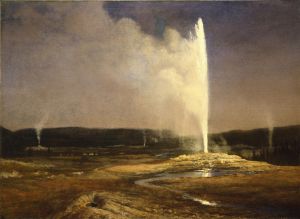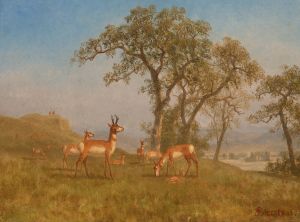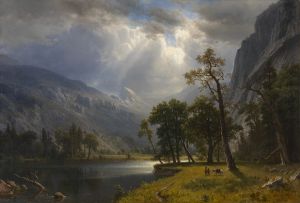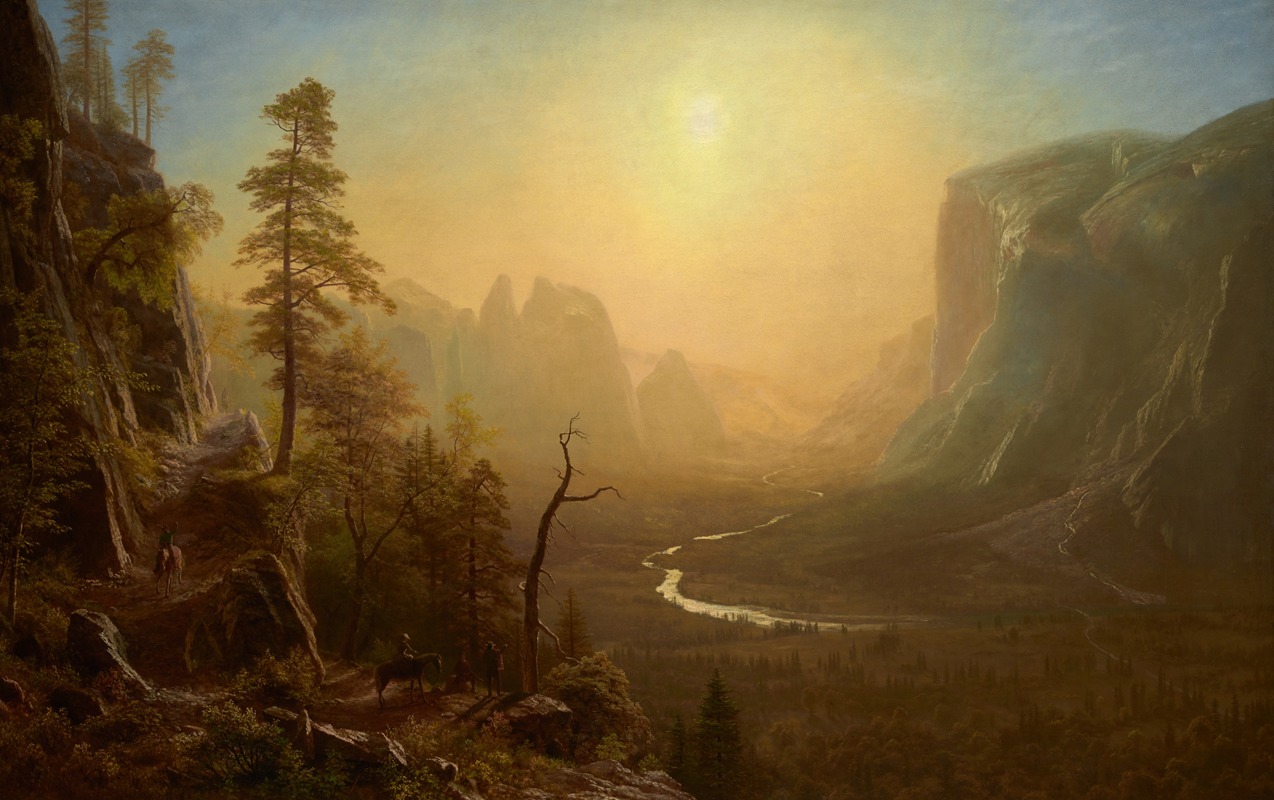
Yosemite Valley, Glacier Point Trail
A hand-painted replica of Albert Bierstadt’s masterpiece Yosemite Valley, Glacier Point Trail, meticulously crafted by professional artists to capture the true essence of the original. Each piece is created with museum-quality canvas and rare mineral pigments, carefully painted by experienced artists with delicate brushstrokes and rich, layered colors to perfectly recreate the texture of the original artwork. Unlike machine-printed reproductions, this hand-painted version brings the painting to life, infused with the artist’s emotions and skill in every stroke. Whether for personal collection or home decoration, it instantly elevates the artistic atmosphere of any space.
"Yosemite Valley, Glacier Point Trail" is a painting by Albert Bierstadt, a prominent 19th-century American landscape artist associated with the Hudson River School and the Rocky Mountain School. Bierstadt is renowned for his grand, romanticized depictions of the American West, which played a significant role in shaping public perceptions of the region during the 19th century.
This particular painting captures a view of Yosemite Valley, one of the most iconic natural landscapes in the United States, as seen from the Glacier Point Trail. Yosemite Valley, located in present-day Yosemite National Park in California, was a frequent subject of Bierstadt's work. His paintings of the area helped to popularize Yosemite as a destination for travelers and contributed to the growing movement for the preservation of America's natural landscapes.
Bierstadt's work is characterized by its dramatic use of light, meticulous attention to detail, and large-scale compositions. In "Yosemite Valley, Glacier Point Trail," he employs these techniques to emphasize the grandeur and sublime beauty of the landscape. The painting showcases towering granite cliffs, lush vegetation, and a serene atmosphere, reflecting Bierstadt's ability to evoke both the majesty and tranquility of nature.
The exact date of the painting's creation is not definitively documented, but it is consistent with Bierstadt's active period of painting Yosemite scenes, which began after his first visit to the region in 1863. During this time, Bierstadt traveled extensively in the American West, sketching and gathering material for his studio works. His paintings were often based on these sketches, as well as his own artistic interpretation, which sometimes idealized or exaggerated the natural features of the landscapes he depicted.
"Yosemite Valley, Glacier Point Trail" is part of Bierstadt's broader body of work that contributed to the appreciation of the American wilderness. His paintings were exhibited widely and often drew large audiences, reflecting the public's fascination with the untamed beauty of the West. Bierstadt's art also played a role in the early conservation movement, as his depictions of Yosemite and other landscapes helped to inspire efforts to protect these areas. Yosemite Valley itself was designated as a protected area in 1864, when President Abraham Lincoln signed the Yosemite Grant, a precursor to the establishment of Yosemite National Park in 1890.
The painting is held in a private collection, and its specific provenance and exhibition history are not widely documented. Like many of Bierstadt's works, it continues to be celebrated for its artistic merit and its contribution to the cultural and historical understanding of the American West.





